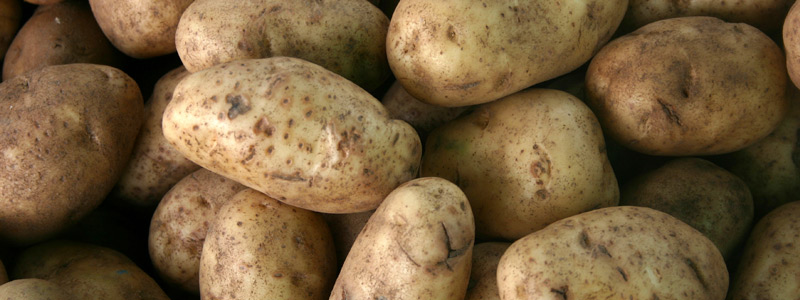Crops
Nebraska Crop Production & Pest Management Information
Each of the following sections features information by Nebraska Extension specialists and educators on variety selection, soil fertility, production, pest management, irrigation, harvest, and other topics.
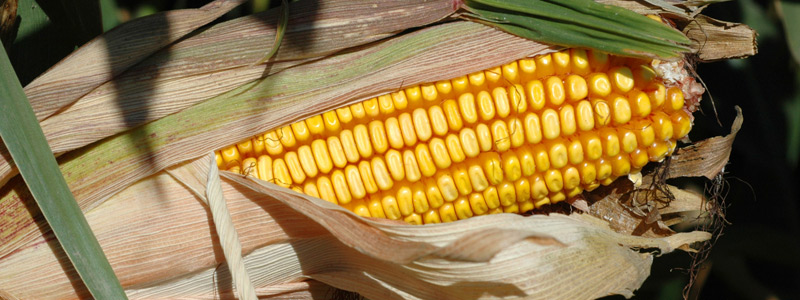
Corn
The Cornhusker State grows corn on more acres than any other crop in Nebraska and ranks third in the nation in production. Nebraska ranks second in production of ethanol and distillers grains, a processing byproduct often used for cattle feed. Slightly more than 55% of the state’s corn acres are irrigated. Considered separately from field corn production, the state’s popcorn industry ranks first in the nation in production.
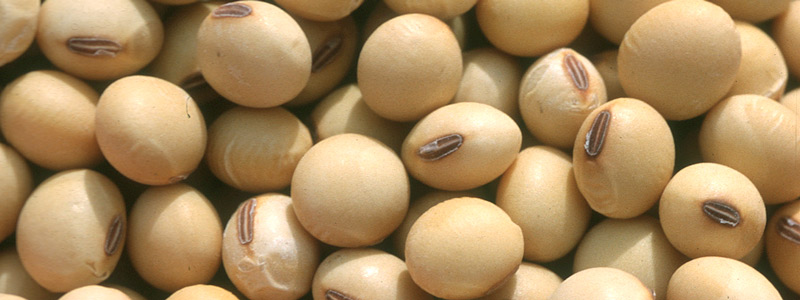
Soybean
Nebraska ranks 5th in the nation in production of soybean, the most widely used oilseed in the world. A legume, it fits well in crop rotations as it returns nitrogen from the atmosphere to the soil for use by the next crop. Much of the state’s crop is used for soybean meal to feed livestock. Approximately half of Nebraska’s soybean acres are irrigated.
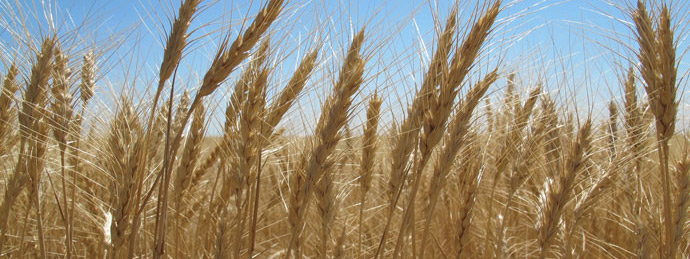
Wheat
Virtually all of the state’s wheat crop is hard red winter wheat, planted in the fall and harvested the next summer, mostly for processing into flour. As much as 50% of the state’s crop is exported. About 15% of wheat is irrigated. New wheat hybrids are often bred and introduced to production through research at public institutions such as the University of Nebraska-Lincoln, a leader in this work.

Cover Crops
Cover crops are grown across the state, usually to achieve one of two goals: 1) to reduce the potential for soil erosion, enhance soil nutrition, and scavenge fertilizers or 2) to provide a feed source for cattle, which in turn recycles nutrients to the soil.

Grain Sorghum
A stalwart grain and silage producer, particularly in limited rainfall or droughty conditions, sorghum is planted on an average of 150,000 acres annually in Nebraska. It is processed for ethanol, food, and livestock feed.
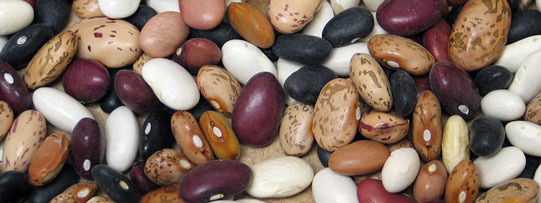
Dry Beans
Nebraska is a leading US producer of dry edible beans, consistently ranking first in Great Northern production and in the top five for all dry edible beans, light red kidneys, pintos, black, and navy. Most of the state’s production is in western Nebraska.
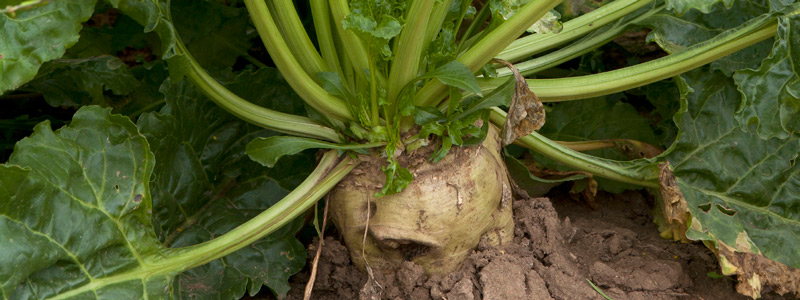
Sugar Beet
Sugar beet is grown in western Nebraska under contract with processors. The state generally ranks 5th in the nation in production, averaging more than 1.3 million tons annually. Beets are most often processed for use by the sweetener industry.

Forages
Hay, including haylage and alfalfa, is grown in every county in Nebraska and accounts for more than 2.5 million acres of production annually. As many as four alfalfa cuttings are taken during a season to provide high-quality forage for livestock. A legume, alfalfa helps capture atmospheric nitrogen and return it to the soil.

Organic
Organic crop and livestock production offers opportunities for growers wanting to diversify their operation while often gaining a higher price for their product.
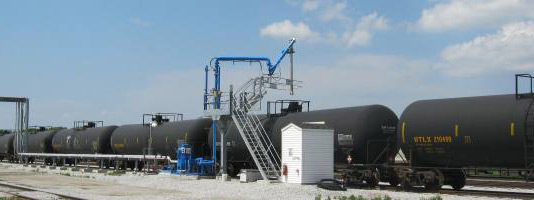
Bioenergy Crops
Major Nebraska field crops (corn and soybean) and alternative crops contribute to the state’s bioenergy production. Approximately half of the state’s corn crop goes to ethanol production and soybean contributes to biodiesel production.
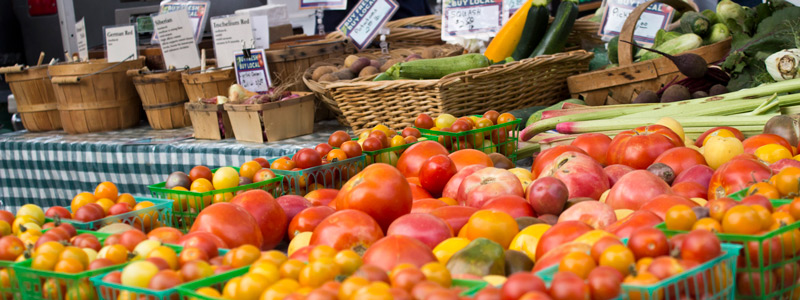
Fruit and Vegetables
Commercial fruit and vegetable production includes crops such as tomatoes, peppers, watermelon, sweet corn, tree fruits, small fruits and many more.
